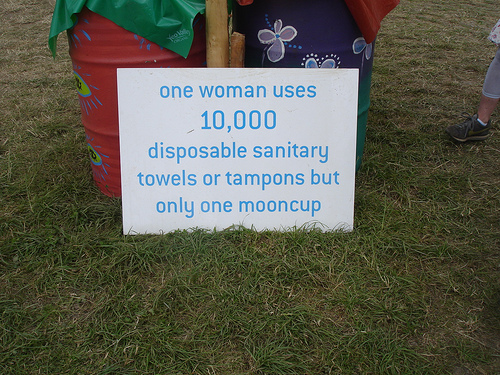Endurance training could exacerbate heart problems, particularly among middle-aged individuals according to scientists this month. They are adding to the ongoing debate on whether endurance training can cause heart attacks, by claiming cycling and marathon running can increase the frequency of cardiac arrhythmias in certain participants.
The researchers from Spain however, stress any risk is very low and may only occur in people with pre-existing heart problems. Sports scientist Dr Luis Mont, who led the research team said pre-training screening is crucial, but more research needs to be done. He said, “It is certainly of great interest to define which recommendations for sport should be implemented in an individual patient, and how best to manage arrhythmias in participants.” at the European Society of Cardiologists conference last month.
The paper he presented is the latest in a long line of papers which have debated the problems endurance training can cause.
Ellen Mason, a senior cardiac nurse at the British Heart Foundation says any risk to triathletes is very low explaining, “There is a term called athlete’s heart syndrome that is sometimes used for this condition.
“The general feeling is that having an athletic heart is a good thing overall, and does not pose significant risk. Although the ventricles can become thickened and the heart larger, the risk of dangerous heart rhythm disturbances is low.This is compared to people who have heart muscle dysfunction caused hypertrophic cardiomyopathy (HCM), where the heart is enlarged and the muscle thicker. The risk of dangerous ventricular rhythms in people with HCM is often quite high, requiring treatment including anti-arrhythmic drugs and/or an implantable cardioverter defibrillator (ICD). Basically one condition is considered generally benign and HCM is pathologically abnormal.
“The reason for testing young athletes at the start of their careers, with an ECG and echocardiogram is to identify any with underlying cardiomyopathies”
Not all is lost though, the study suggests that the drug losartan could be used to counteract the most common causes of heart arrhythmias in endurance


